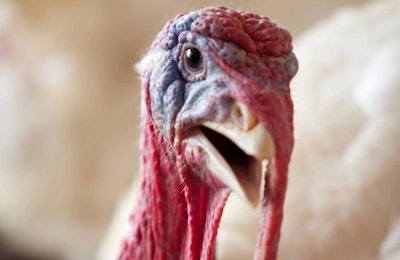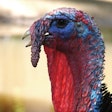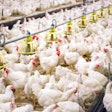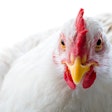
Depopulation procedures have been completed at 11 farms in Dubois County, Indiana, after the presence of H7N8 avian influenza had been detected at 10 of those farms.
According to the Indiana State Board of Animal Health, 413,163 birds have been depopulated since avian influenza was first confirmed in Dubois County on January 15. Of the birds euthanized, 257,163 were turkeys and 156,000 were layer chickens.
Ten of those farms were commercial turkey operations, while the layer operation was not infected with avian influenza. However, the Dubois County layer flock was depopulated as a precaution because of its “dangerous” proximity to the affected flocks.
The first and largest turkey flock to be affected was confirmed to have been infected with highly pathogenic H7N8 avian influenza, while nine others were confirmed to have been hit by a low pathogenic strain of H7N8. The other turkey flock tested positive for the presence of H7N8 avian influenza, but it has not yet been determined whether it was a highly pathogenic or low pathogenic strain.
The flock hit by highly pathogenic avian influenza included 62,213 turkeys.
The bird carcasses from those farms are being composted in the buildings in which they were euthanized.
114 commercial poultry farms test negative for avian flu
The Indiana agency reported that during a 24-hour period that started on January 19, 114 commercial farms tested negative for avian influenza. Of those, 62 farms were in the initial 10-kilometer control zone, while the others were in an expanded zone that covered an additional 10 kilometers.
The expanded zone includes not only Dubois County, but also Crawford, Daviess, Martin and Orange counties.
Backyard flocks under surveillance
State and federal teams have visited nearly 1,600 residences near the site where the first confirmed avian influenza case occurred to search for backyard flocks for precautionary testing. The teams found 67 backyard flocks within that area, and those birds are being tested.
See the WATTAgNet avian influenza update page and 2016 avian influenza outbreak map to keep up-to-date on the virus and its impact on the poultry industry.
















